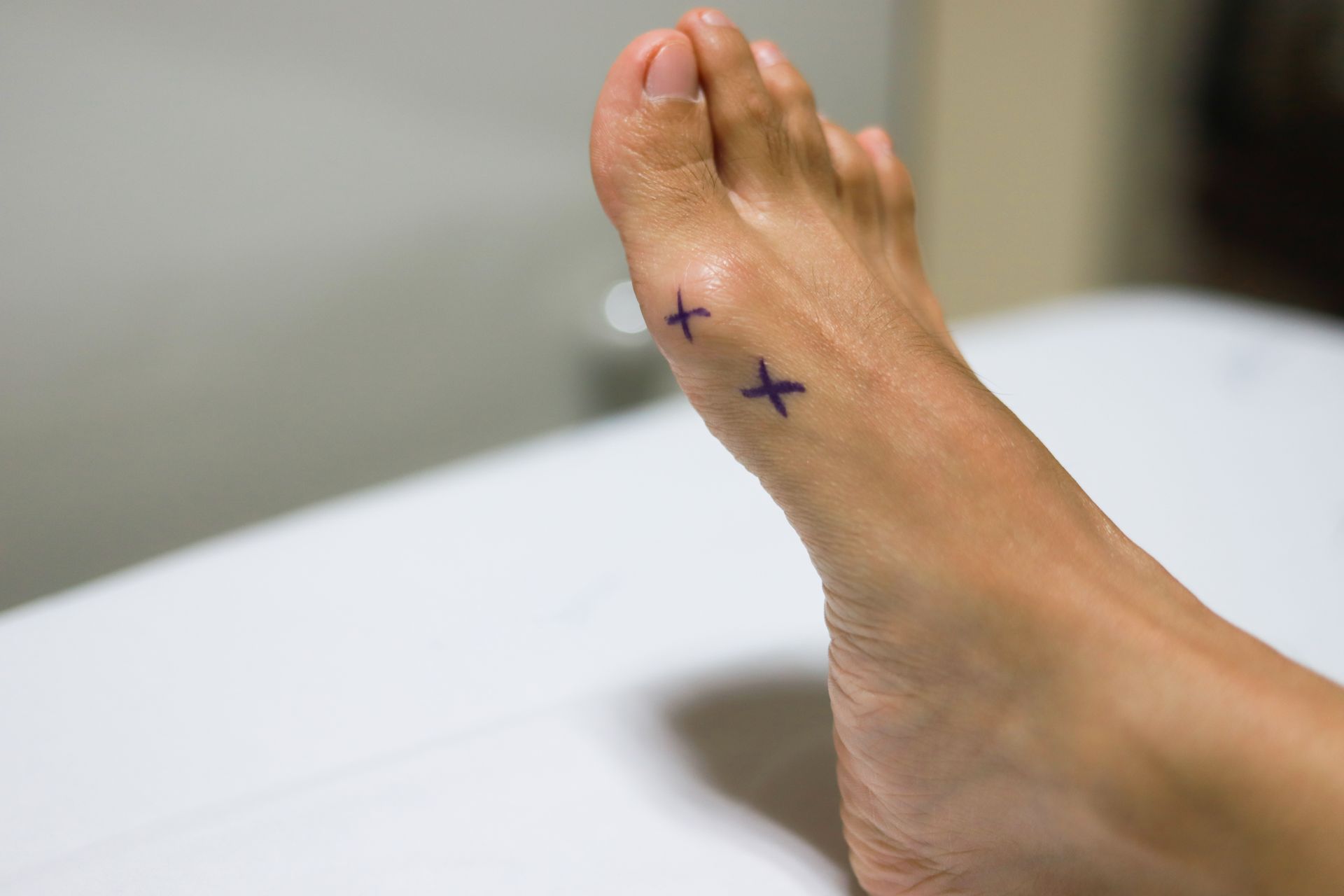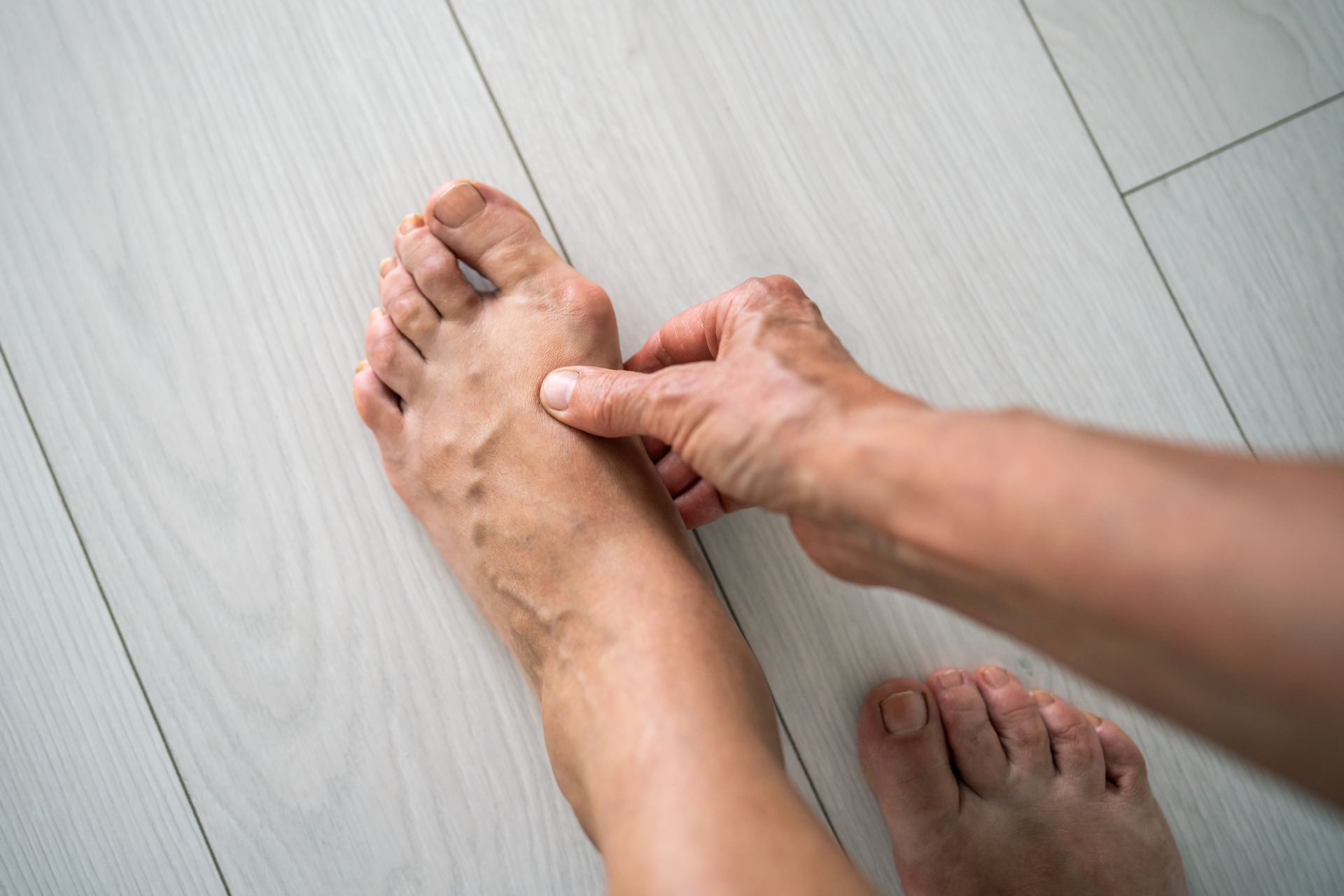What’s New in Plantar Fasciitis Treatment?
Plantar fasciitis is one of the 2 or 3 most common conditions I treat in my Baton Rouge podiatry practice. It is essentially tendinitis or inflammation on the bottom of the foot from overuse, certain activities, or improper shoes. Many people with plantar fasciitis experience “first-step” pain when getting out of bed in the morning or when standing after a period of rest. Some patients suffering from plantar fasciitis experience pain on the bottom of the heel or along the arch with walking or physical activity. Plantar fasciitis is extremely common and can be very frustrating for patients.
I talk to patients 8 to 10 times a day about plantar fasciitis. It can range from mild and short-lived to severe and chronic. Fortunately, there are several proven and successful treatments for plantar fasciitis.
What Works for Treating Plantar Fasciitis?
Arch Support - In our Baton Rouge office, as well as our satellite offices, we have partnered with PowerStep, an orthotic company that provides the best over-the-counter arch support on the market. We carry their Professional Rx model, which is a firm full-length insole that fits in most enclosed shoes. We also carry a ¾ length and a women’s dress insole. As an avid runner and a podiatrist, I have spent years trying various insoles, and the PowerStep Professional Rx insole is by far the best and is reasonably priced.
Stretching - Calf and hamstring stretching is very effective for plantar fasciitis. I routinely dispense a stretching card to patients showing the four best stretches for this condition. Five to 10 minutes of stretching a day can make a significant difference with plantar fasciitis.
Night splint - I routinely recommend using a night splint for plantar fasciitis. This semi-rigid L-shaped device places a gentle stretch and stabilizes the plantar fascia at night. I find these to be very effective for the treatment of plantar fasciitis. We carry night splints at all of our locations, and they are usually covered by insurance.
Injections - Cortisone is essentially an anti-inflammatory medication. When injected into the plantar fascia, it can definitely help decrease pain. Sometimes, one cortisone injection is enough to provide tremendous relief. Occasionally, it is ineffective, and a second injection is required.
Physical Therapy - There are two things that they can do at physical therapy that patients cannot do at home - ASTYM and dry needling. Both are very popular treatments for chronic tendon pain and inflammation.
Plantar Fasciitis is extremely common and can be painful and frustrating for patients. There are several ways to treat plantar fasciitis and provide patients with relief. If you are
suffering from plantar fasciitis and home remedies have been ineffective, please call us today.


